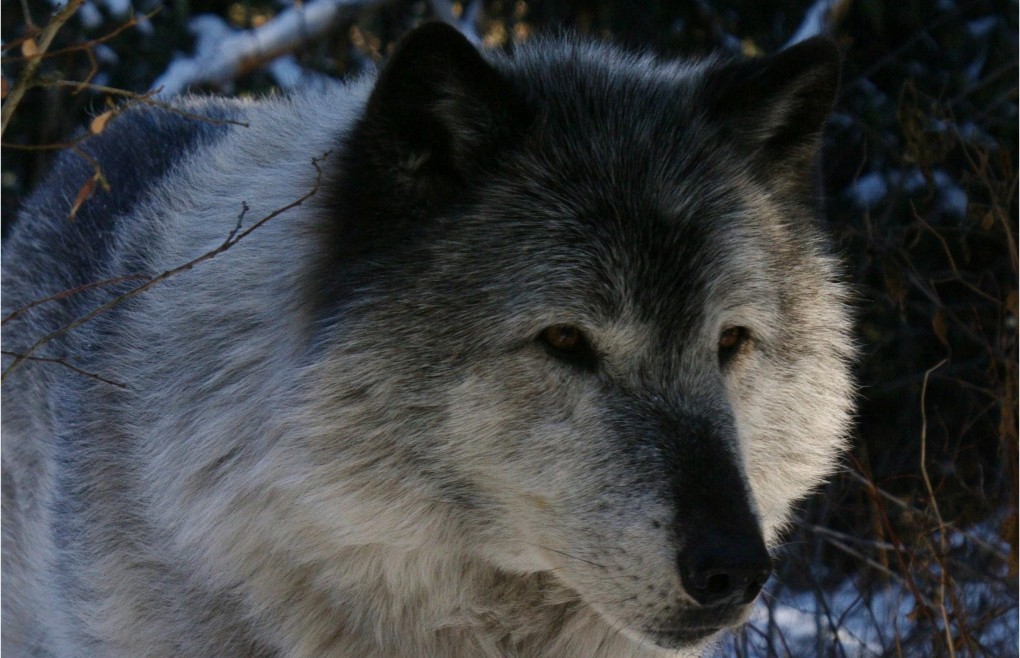
With all of the hype around wolves in the northern Rockies it has become painfully obvious that the problem is far larger than just wolves. Conflicts of interest among groups of people create the most noise of all. We hear those with the loudest and most passionate cries, both for and against wolves. Science is usually used to support or negate these cries. What results is a fire that feeds the polarization of opinions separating groups of people. We end up with a scenario looking something like genocide, or, in this case, speciesocide.
I am by no means ascertaining that wolves are currently being eradicated to the point of extinction, we already did that once. Hopefully we are beyond eradicating, reintroducing, then re-eradicating. Hopefully. Yet the scenario does take on a bit of a genocide-like character. Groups pitted against one another in fits of uncontrollable rage and the use of lethal force carried out by the government.
Social sciences have typically been seen as the ‘soft’ sciences and somewhat dispensable, although, there seems to be a rising need for them. It is only recently that we are making use of social scientists in broader settings; one example is war (which is controversial). Anthropologists in Afghanistan have found that soldiers get better responses from local people, and thus more information, when they greet them with an appropriate greeting, opposed to using scare tactics. This is of course situation specific as there is rarely a finding within the social sciences that is universal, part of the reason for the ‘soft’ reputation.
In the case of wolves in the northern Rockies we could use some social science on the scene. Who knows, maybe we can even shed some light onto this extreme and mysterious relationship between people and wild canine’s. Or, better yet, help to serve some people who are actually on the ground with them and affected by their presence. People in these communities need to feel supported, and support comes in many forms.
